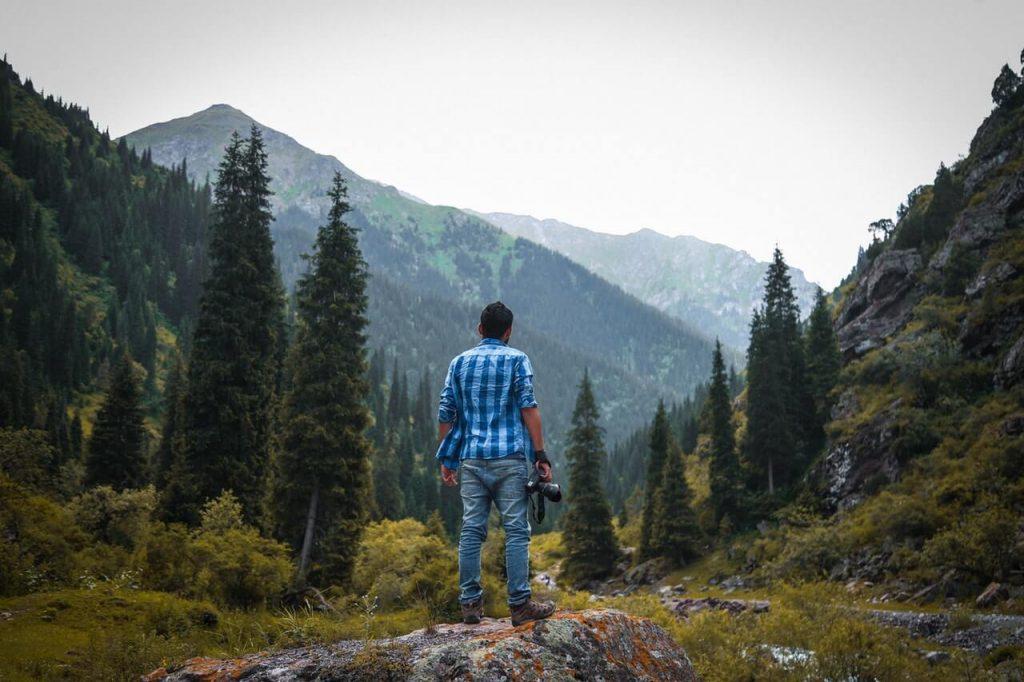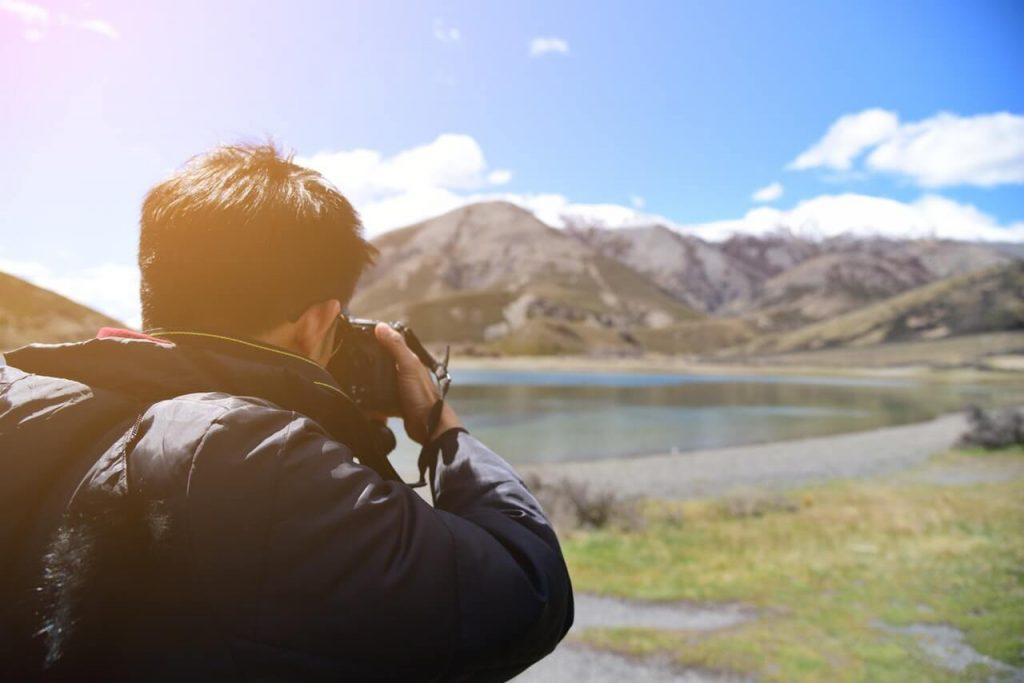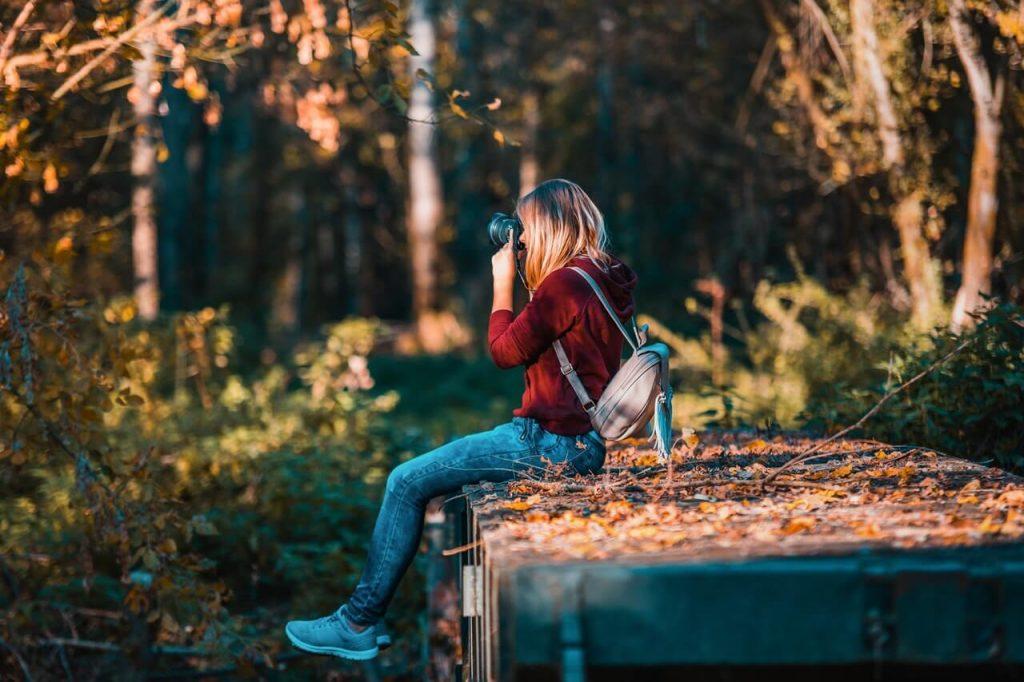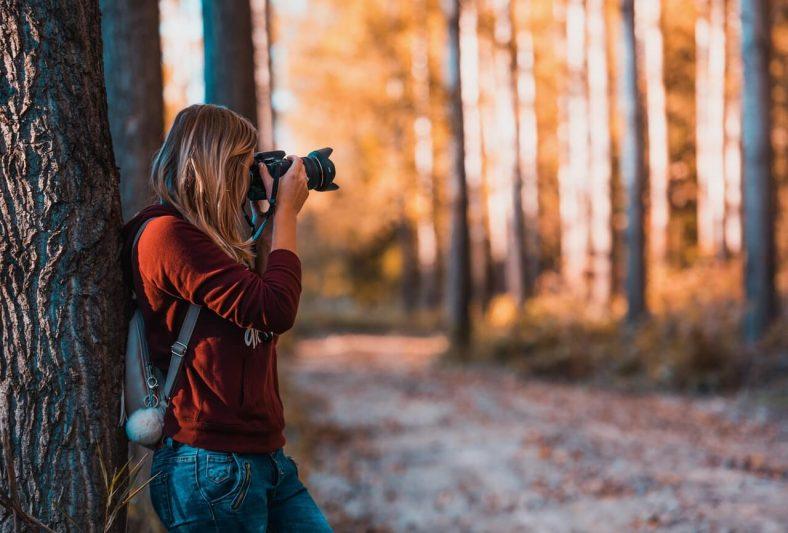So, you are a landscape photographer looking for the best camera for the job? Have you wondered whether mirrorless cameras are better than their DSLR counterparts? If the answer to both questions is an emphatic yes, you have come to the right place. Here, we review the pros and cons of both types of cameras so that you can make an informed choice.
Design Differences Between DSLRs and Mirrorless Cameras

It is prudent to understand the design difference between a mirrorless camera and a DSLR camera. In all DSLRs, light enters the lens and bounces off a mirror to end up on the viewfinder via a special prism.
Upon clicking the mirror flips up, allowing light through the image sensor and your photograph is taken. Technological advancements have eliminated the need for the mirror. After all, the seemingly sophisticated process is an anachronism.
The result is a wide range of types of mirrorless cameras. While some have interchangeable lenses, others some with single-built lenses. More sophisticated types have niche-relevant features and shooting capabilities. Most seasoned landscape photographers have always used DSLR cameras.
However, many of them have made a switch to mirrorless. The following are reasons and comparisons behind the big switch. Read each comparison knowing that what works for one person might not exactly work for you.
Lenses and Accessories
There were not as many options of lenses for mirrorless cameras back in the day as there is today. Landscapers today can walk, drive, run, and even swim with their fair share of mounted lenses on mirrorless cameras. With more options at your disposal, you can experiment and achieve different types of shots with the adorable features of mirrorless cameras. As mirrorless cameras have a smaller body than their DSLR cousins, you will require less supportive equipment. You can finally say goodbye to accessories such as the tripod stand. Bags are smaller hence lighter. Nothing comes in handy for an outdoor photographer other than shedding a few pounds of his backpack.
Portability
With reduced camera sizes and weights comes the biggest benefit of mirrorless cameras – increased portability. You can easily strap the camera around your neck without pounds of weight weighing you down as you ride down the dusty path on the nature trail.
The more portable a camera is, the more accessible it is. Even if it is inside your bag, you can take it out fast and take images of the deer family crossing the road in front of you. The same cannot be said of large DSLR cameras that need several minutes of assembly.
Simply put, a mirrorless camera enables you to shoot at any time, in an awkward position.

Electronic Viewfinders
In the not-so-distant past, photographers would never have considered mirrorless cameras for outdoor photography. The sheer fact that they lacked viewfinders made them undesirable. The introduction of electronic viewfinders in modern cameras has changed the game.
The DSLR still holds ground, but an electronic viewfinder brings added advantages. The biggest among these pros is the fact that you can see the exact image that your camera will photograph. You will take delight in the fact that adjustments on exposure appear on your electronic viewfinder.
Do you want to shoot in monochrome or full color? See it in your viewfinder.
Do you want to see the information of your image while shooting in bright sunlight? The electronic viewfinder has got you covered.
Examples of image information are highlight warnings and histograms and other information that only the Live View mode of DSLR shows.
Live Time
Live Time is another byproduct of the electronic viewfinder. It is also referred to as Live Blur because it helps you save time determining the correct shutter speed to get the right blur amount in a shot’s long exposure. The Olympus OMD is a particular camera type that best takes advantage of this feature.
Focus Peaking
Focus peaking is a feature that is a product of the electronic viewfinder in mirrorless cameras. Here, the parts of your image that are in sharp focus are highlighted right before your eyes. The result is an enjoyable user experience. For example, the camera makes an automatic zoom, hence eliminating guesswork. You end up with a crisp sharp image.

Camera Brands
Interestingly, some seasoned landscape photographers have switched from DSLR to mirrorless cameras because of individual brand preferences. It might be prudent to mention the fact that Olympus and Fujifilm no longer manufacture DSLRs. Some people have resisted the move to mirrorless because the long battery life of DSLR cameras is still relevant for them today as it was back in the day.
Do you have to choose a camera from the two types with the same image quality? Go mirrorless.
Conclusion
From the above comparisons, it is evident that modern mirrorless cameras are better for landscape photography than DSLR cameras. This is not to say that DSLRs are inferior. Mirrorless cameras have lower sensitivity to incoming light. Also, they might affect the behavior of depths of field and focal lengths.
Having understood the advantages that come with mirrorless cameras, it is time for you to purchase a camera that fits your job description. There is no longer an excuse for you to be stuck with the same old piece of photography equipment while convenient alternatives abound in the market.
